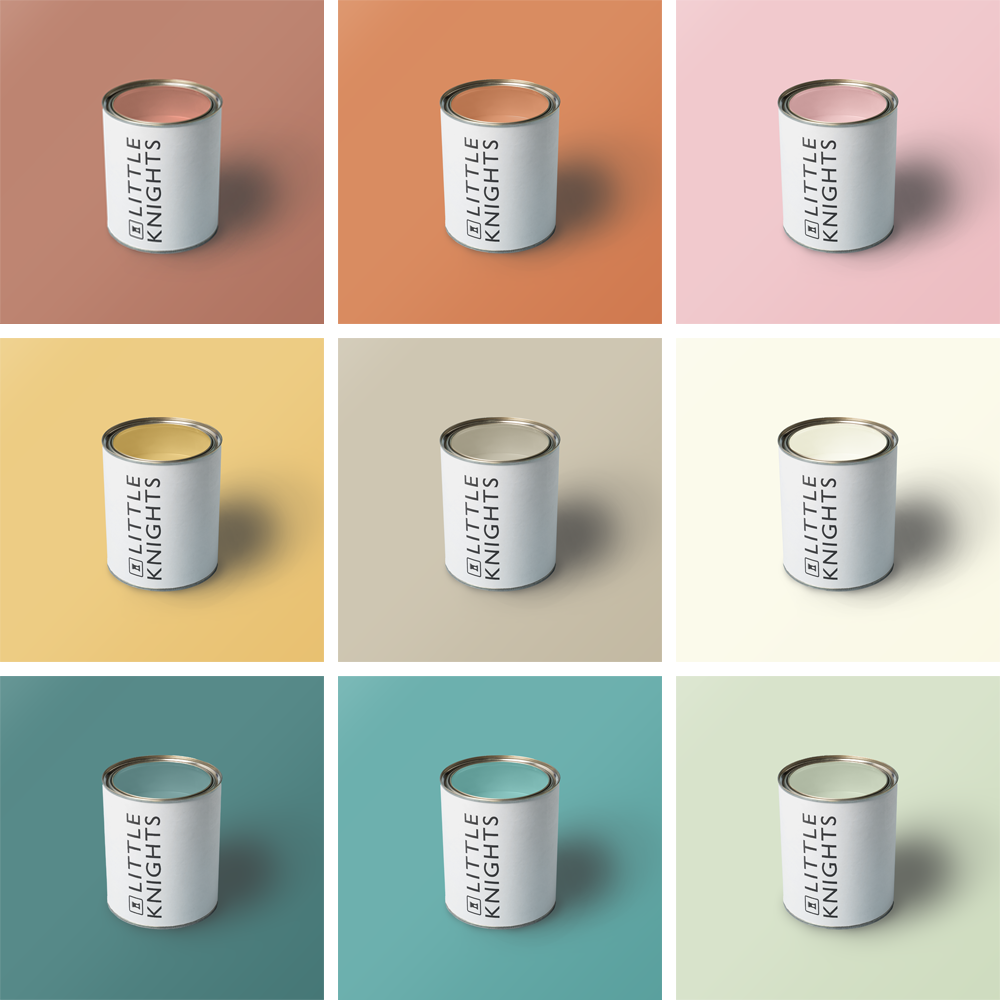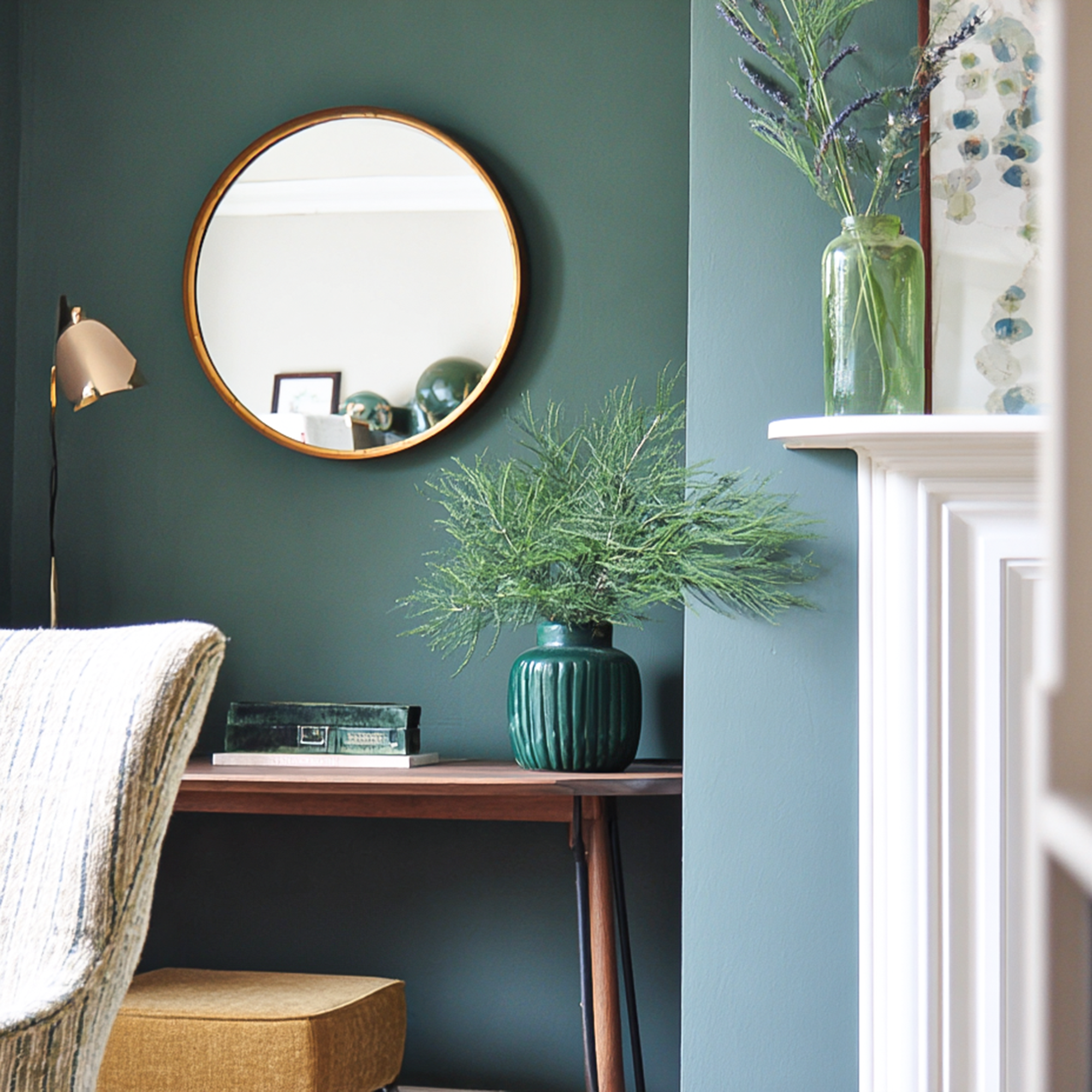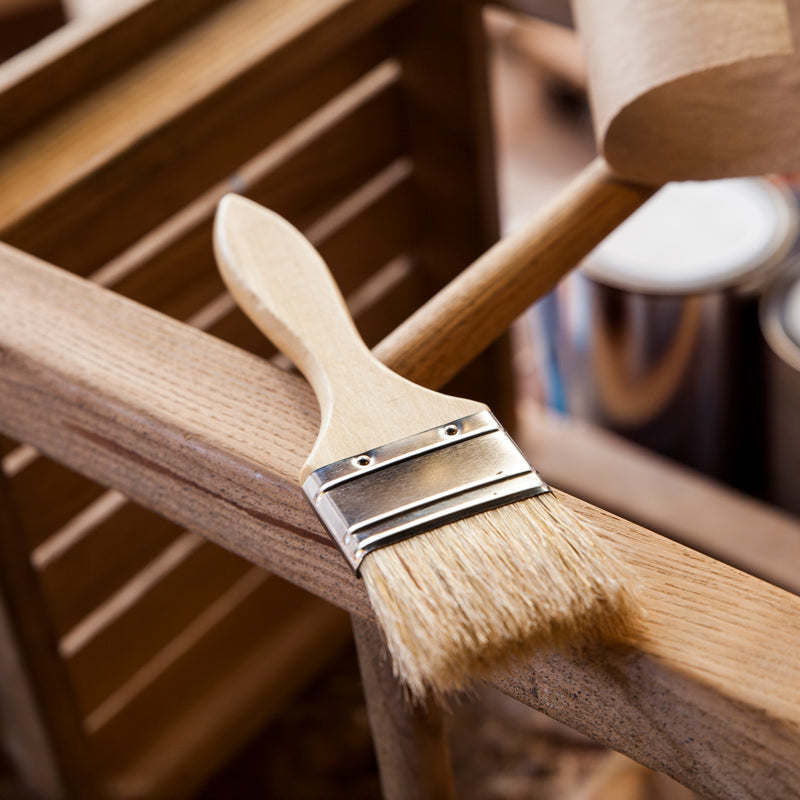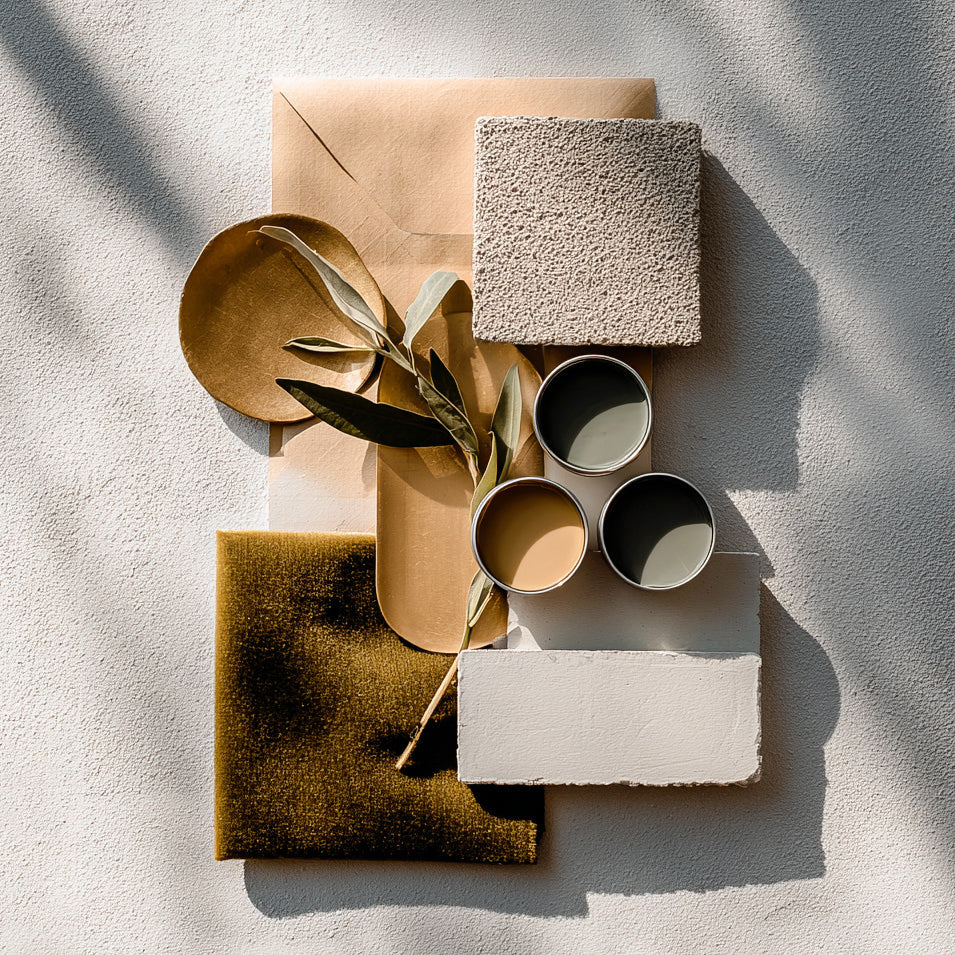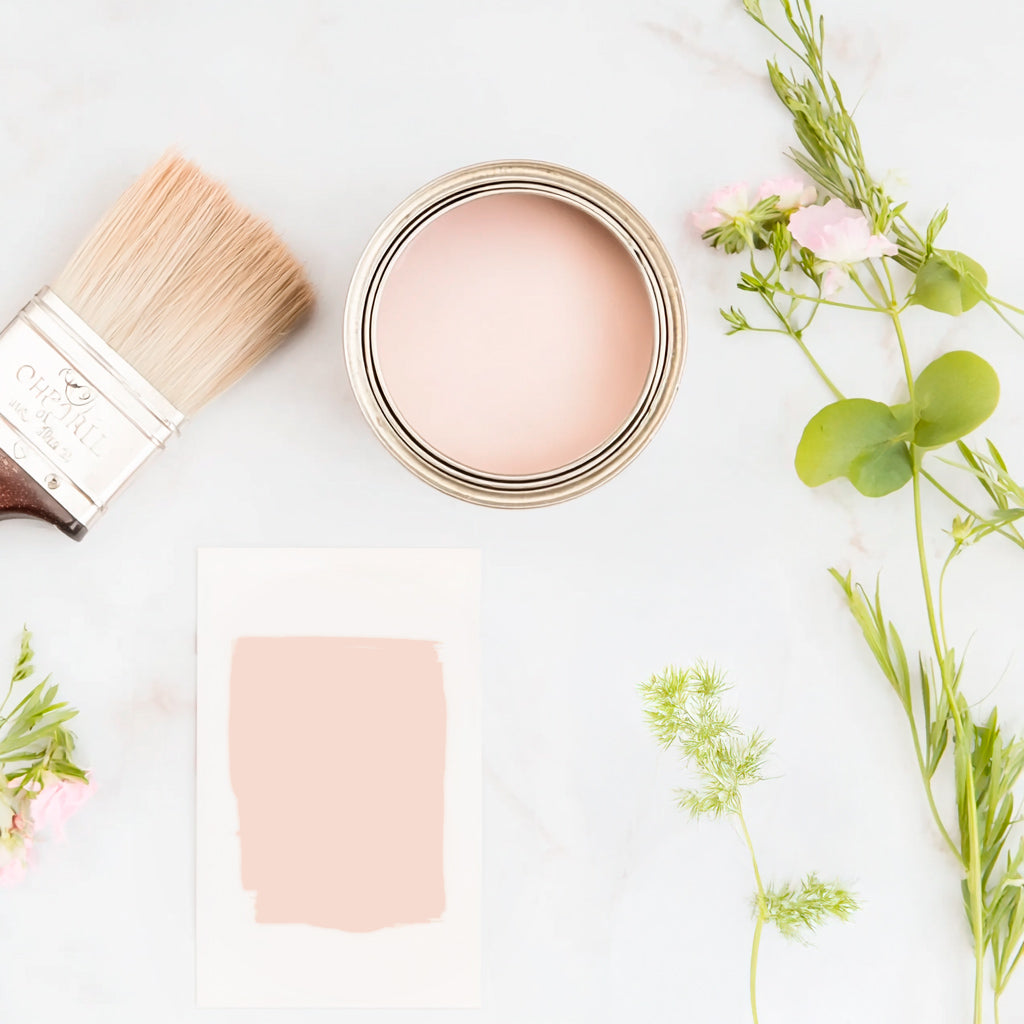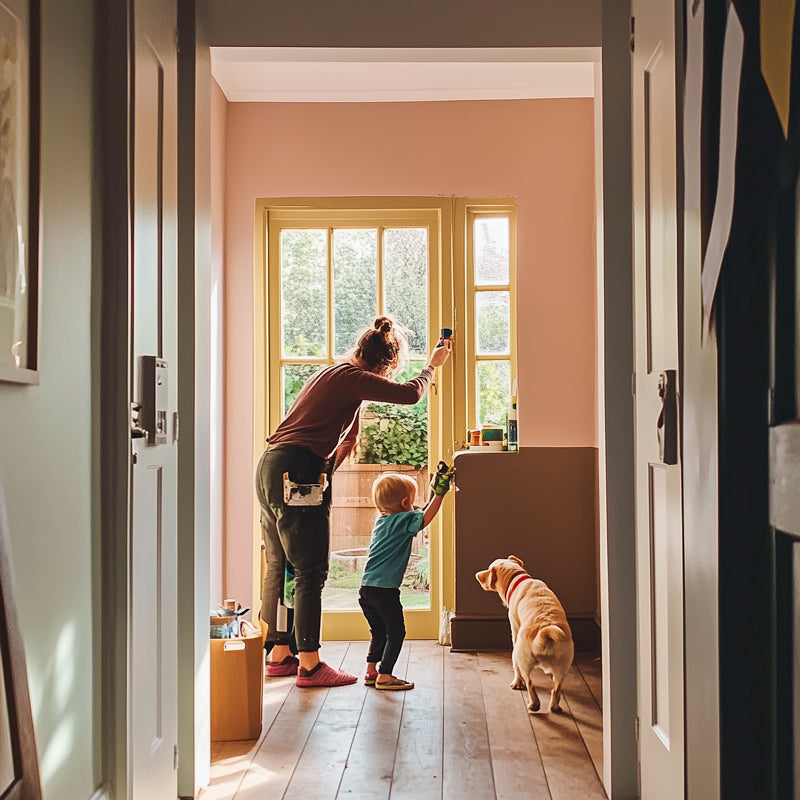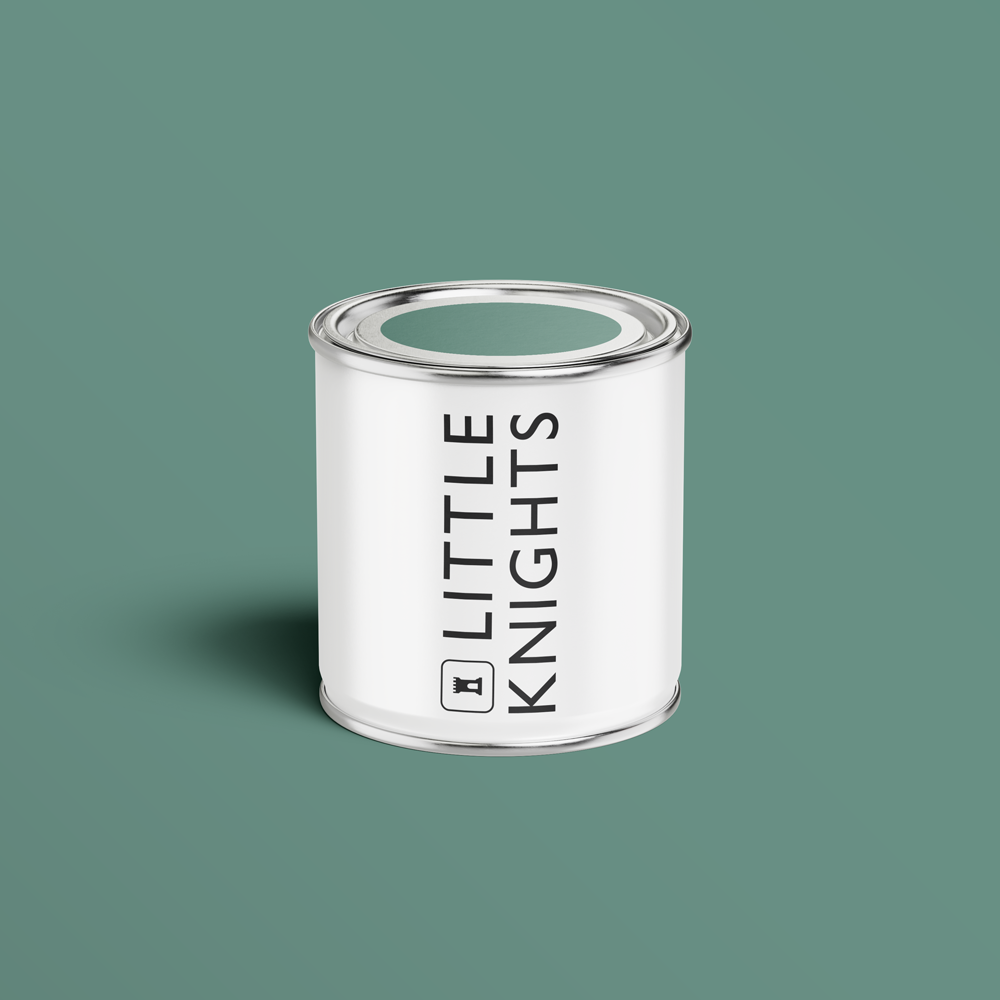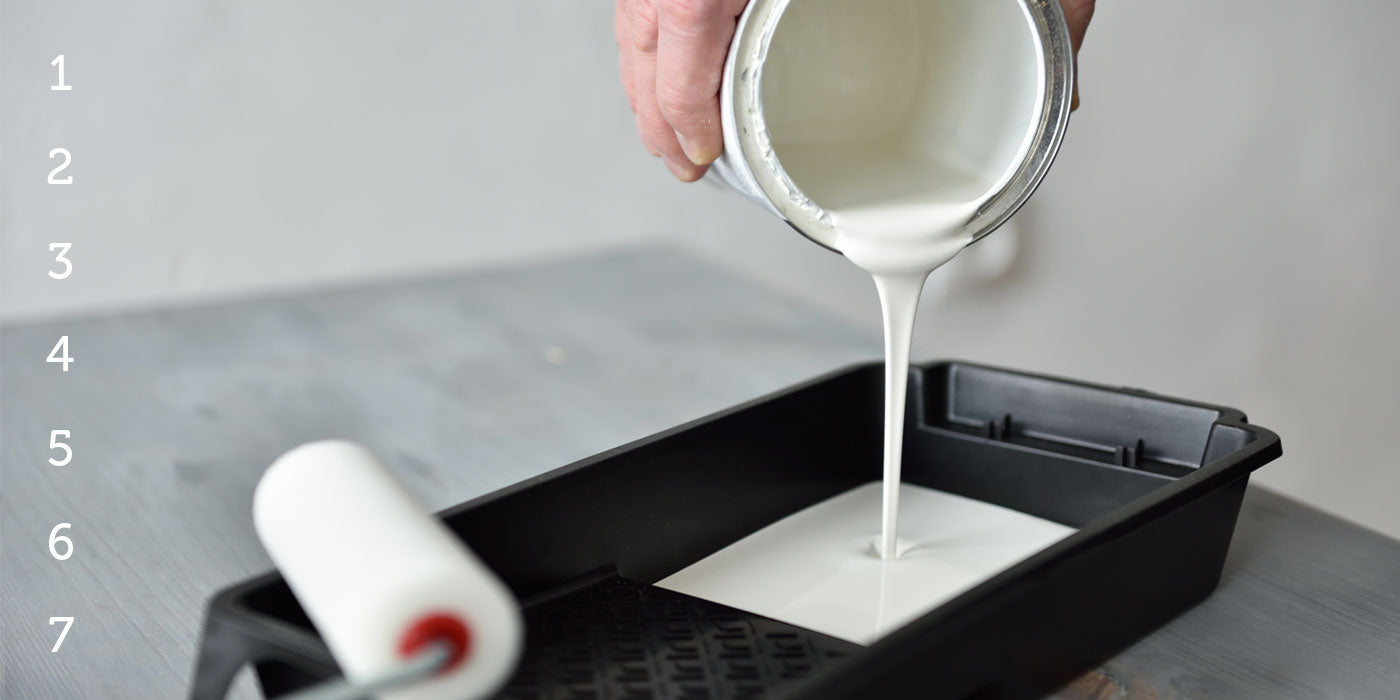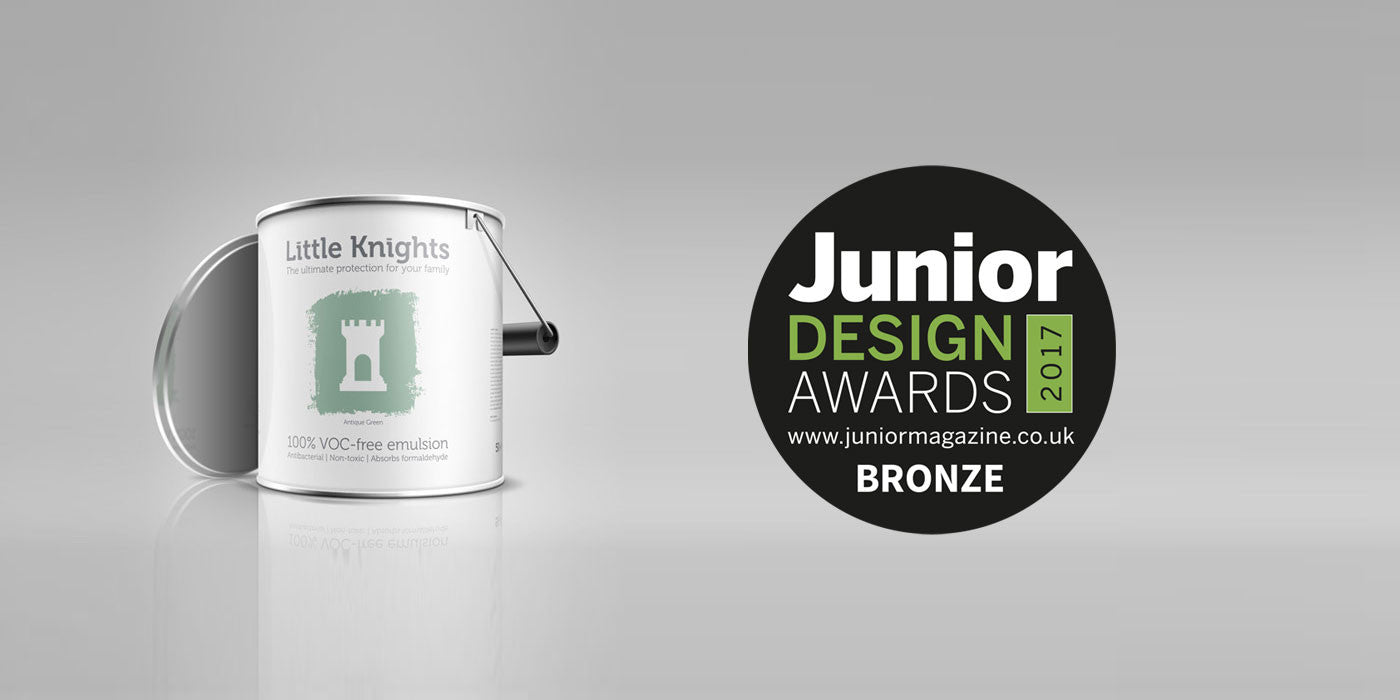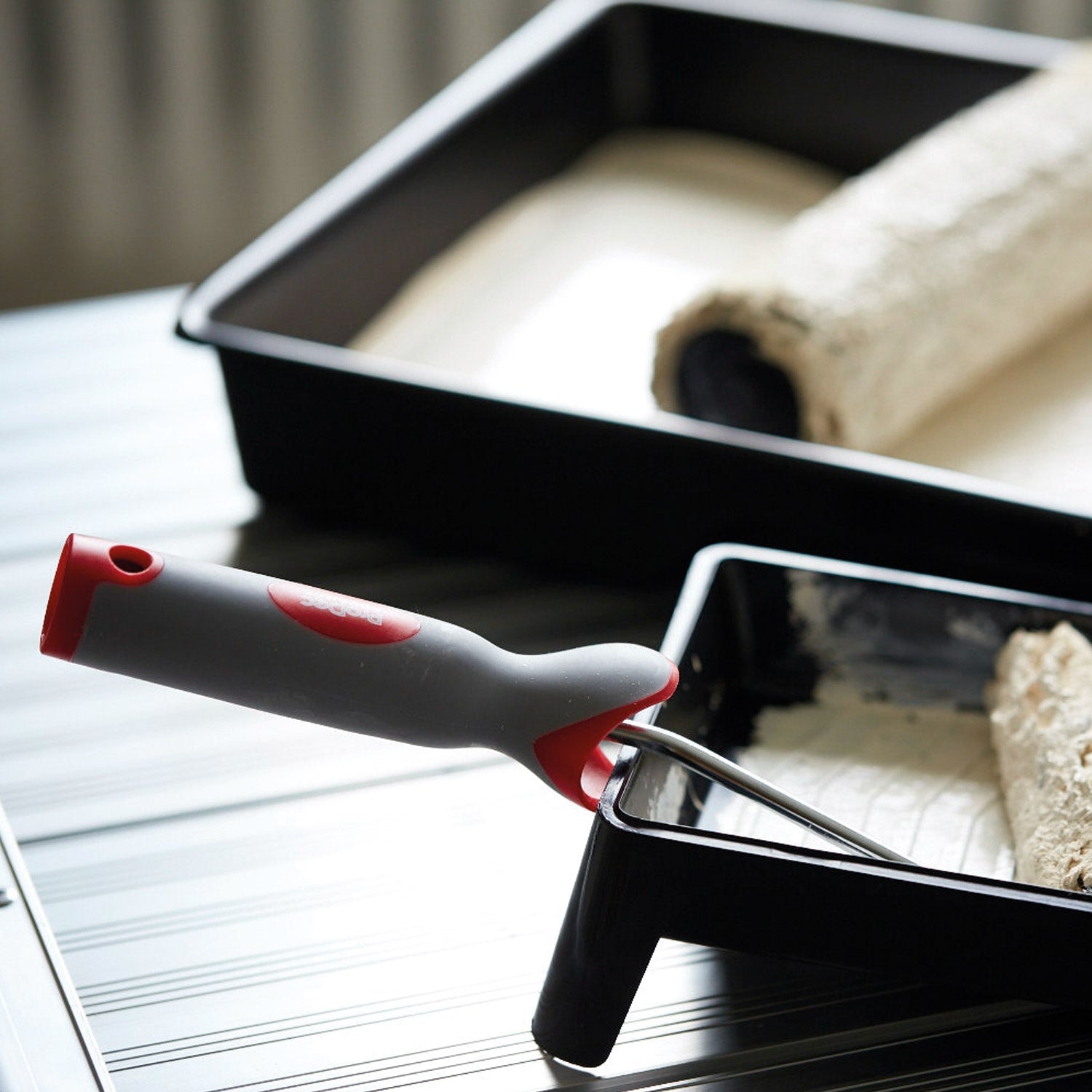Avoiding common pitfalls when approaching a painting project will help you get the end result you are looking for.
Here are 7 of the most made mistakes that make all the difference...
1. Lack of preparation
You may be keen to get on and to see the wonderful paints you have bought transform your room, but don’t put paint to wall until you have fully-prepared the surface.
Before you get the brushes out, make sure all surfaces are clean and dry, that the last pieces of peeling wallpaper have been removed and that any cracks have been filled and rubbed down. The prep may take some time but it will make a world of difference to the finished result.
Click here for our preparation and application guide.
2. Skimping on brushes and rollers
You may have the best paint on the market but if you apply it using substandard equipment you won’t get the outcome you are looking for. Research what brushes and rollers are best for the job and speak to staff at the shop if you need further advice.
3. Dipping your paintbrush too far into the paint
You only need to dip your brush a third of the way into the paint. Anymore and the paint will be wasted, and your brush will get messy and more difficult to clean when you finish.
4. Not rubbing down glossy surfaces
If you are painting over a glossy surface, such as a previous layer of gloss paint or a varnished finish, you need to rub it down with sandpaper to ensure that the paint will adhere to the surface. It you don’t put this prep in, the paint will easily chip and peel off and you’ll find yourself having to do it all again.
5. Not using painter’s tape
If you want a clean edge, use painter’s tape around skirting boards and windows. Make sure it is sealed tightly with no air bubbles or gaps, and remove the tape before the paint dries completely, so you don’t peel off dried paint as well.
Click here for our tips for saving time on cutting in.6. Random strokes
Don’t just attack the wall with a brush. Have an order to the way you paint. In most cases, it is advisable to start painting at the top of a wall and work your way down, so you can tidy up any drips as you go.
7. Failing to clean up
It may be tempting after a hard day’s painting to leave your brushes and not clean them properly but you should make the effort. If you don’t, your brushes will be, at worst, ruined, and at best, out of shape.
Clean and rinse them with water before wrapping them in cling-film, foil or their original plastic packaging so they don’t dry out.

